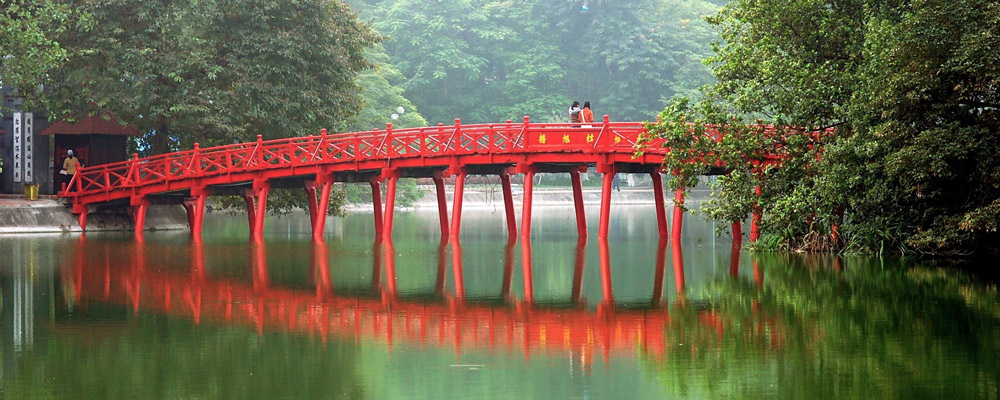HANOI – Vietnam’s overbuilt real estate market, we are told, has bottomed out and is showing signs of life. Smart money, it is said, is again searching for deals in commercial and residential property. The bubble that burst about three years ago has perhaps been repaired and, fingers crossed, will not inflate too past.The signs of a thaw in the once-frozen Vietnamese property market have been noted in the New York Times. But for me, the most glaring economic indicator appeared a few weeks back just several doors down from our rented villa near Tay Ho, when the steel jaws of a de-construction crane began to chomp away at the concrete walls of what had been a lovely, four-storey villa with high ceilings in the French colonial style.
A couple of lots – one on the lakefront, one farther back – were cleared. And as soon as the rubble was removed, construction commenced. Based on other teardowns in our vicinity, it seems safe to presume the new buildings will offer boxy serviced apartments with a good location, clean lines and little charm. Instead of two families in two villas, there will be about ten flats, maybe more, serving singles, couples or small families. With full occupancy, I suspect the owners of these buildings will triple their rental income, and perhaps do better.
From a purely aesthetic perspective, it is as those the neighborhood leapfrogged from colonialism, an era of genteel privilege, to the capitalist ethos of squeezing the maximum return on investment.
Far be it from me to judge whether this is a good or bad trend – well, no, on second thought, let me say it is a terrible trend, especially if our landlord does not take a cue and decide that our handsome domicile should be torn down too. Here’s hoping he will realize that the district is still overbuilt, with supply far exceeding demand.
I say this because, gradually, it is starting to feel like not just a rental, not just a house, but something of a home.
“Home” can be an elusive idea and ideal. The cliché has it that “home is where the heart is.” For me, my heart, my “home” will always be the modest, cookie-cutter tract home my parents bought in Orange County, California four years before my birth. Today, when I phone my elderly mother, I still dial the phone number I memorized more than 50 years ago. So, yes, that will always be home.
As a young man, I bought a small house in San Diego – but I thought of it as real estate, an investment, more than a home. Later I moved to Los Angeles and found a little place on a hillside. I lived there for 13 years, but it was also temporary – good memories but not home. Later, with a wife and two kids, we bought a lovely older two story home on a sycamore-shaded lane in San Jose. From day one it felt like home. It had character and a collection of fruit trees out back – oranges, apples, peaches and nectarines. We bought it from an old widower who had lived there for more than 50 years and had raised his family there. We thought we might build a “granny flat” out back for my aging mother. We were living there when our third child was born. Sometimes it seemed like we might be there forever.
But things change. Now we live here in Hanoi, and we rent out our place in San Jose, and day by day realize that the rationale for ever moving back is dwindling. So we find ourselves wondering if we should put our American home on the market.
And we follow the news about Vietnamese authorities making it easier for foreigners to buy property here. Would we buy?
Well, things keep changing. Perhaps one reason Hanoi is feeling homier is that we have a pet now. My wife bought it with the idea of, in Vietnamese fashion, having some fresh thit ga (chicken). But the kids have now named the chicken Chubby, and you do not eat a pet.
Source: tuoitrenews





